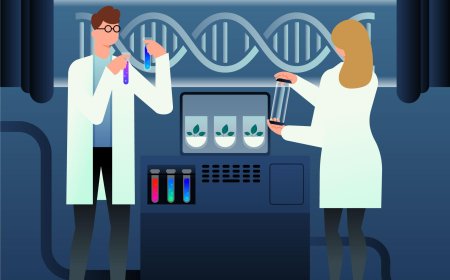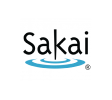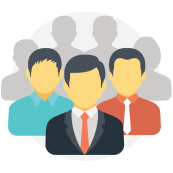- Learn the fundamental concepts of biochemical pathways and their roles in microbial metabolism.
- Use virtual labs to visualize and analyze metabolic pathways, identify key intermediates, and understand their interconnected processes.
- Participate in interactive tutorials on pathway optimization, flux analysis, and genetic modifications to re-engineer microbes for specific product synthesis.
- Experiment with virtual tools to modify microbial strains and optimize their efficiency in producing desired biochemicals.
- Explore virtual case studies to evaluate the sustainability of metabolic engineering processes, considering environmental and economic factors.
- Develop strategies to create eco-friendly and cost-effective biochemical production methods, prioritizing waste reduction and energy efficiency.
imaginX is used by many amazing schools and universities
University / College

























